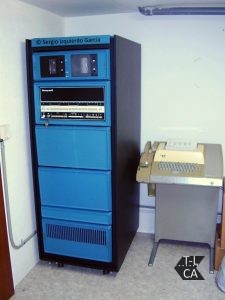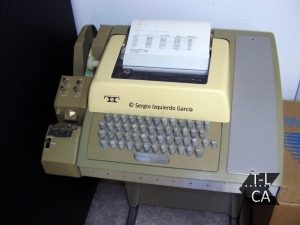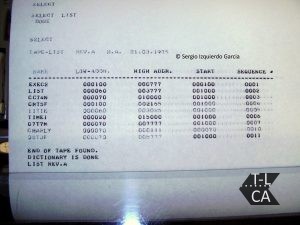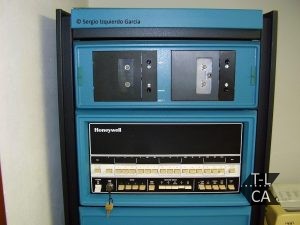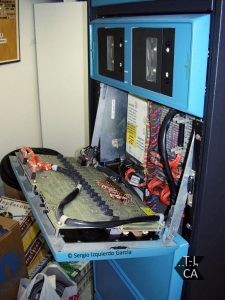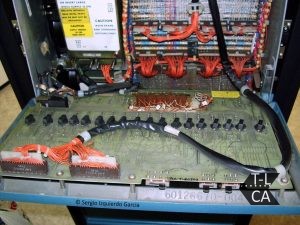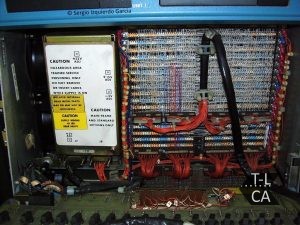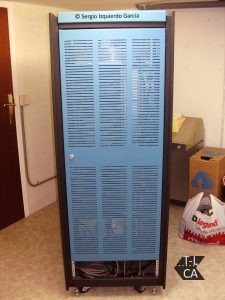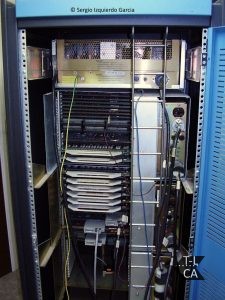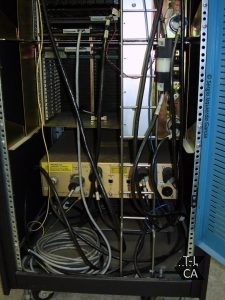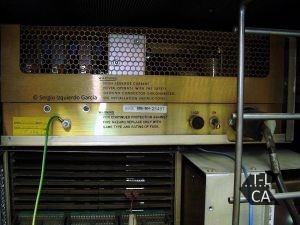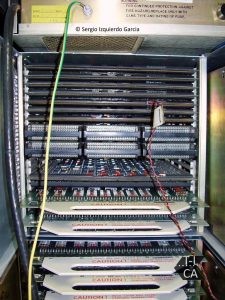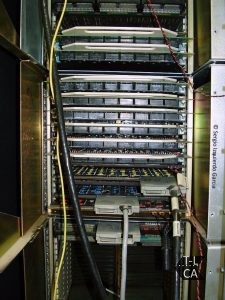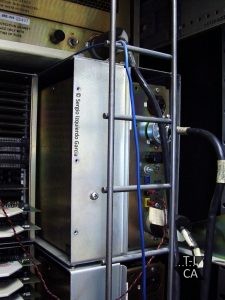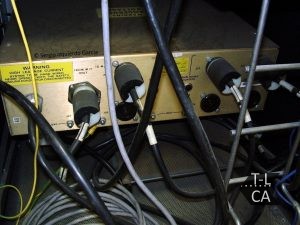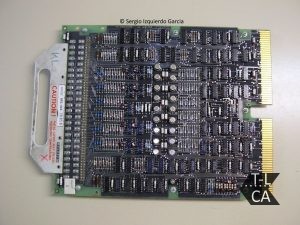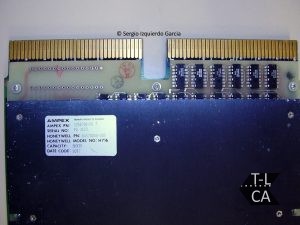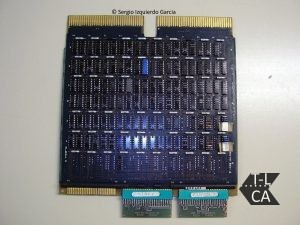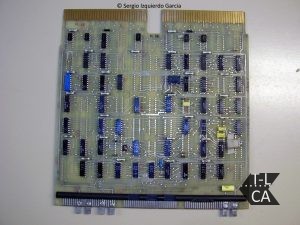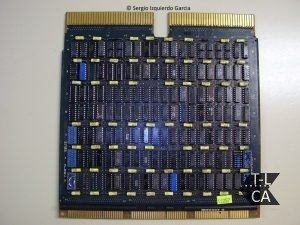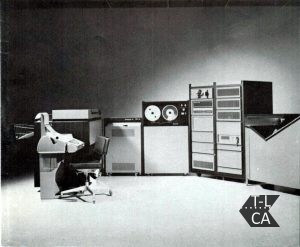Sergio Izquierdo Garcia has been kind enough to share his information and photos with us regarding the Honeywell 716 computer. Information about these machines is sparce and any piece of knowledge is valuable.
Sergio Izquierdo Garcia :
Honeywell System 700 was announced by Honeywell in 1972. It was defined as a general-purpose computer, to be used for scientific, commercial, real-time control and data processing, including data communications.
Some applications were:
- Message concentrators and Front-End processors.
- Terminal and peripheral control systems for data collection and management.
- Sensor-based systems for manufacturing automation.
According to some references, the system could cost $1,000 ($4,700 or £3,600 in 2019) per month on a rental contract, or could be purchased for about $30,000 ($140,360 or £107,430 in 2019) ,depending on the configuration, options and peripherals.
Some technical data regarding the main processor (H716):
- 16-bit solid-state CPU, build on TTL. 775ns memory cycle time. 78 standard instruction set.
- RAM: from 4K to 64K Words (16-bit word), ferrite-core memory with parity check.
- ROM option: from 256 to 2K Words, semiconductor-based.
- Two separate 16-bit buses: Memory Bus and I/O Bus.
- Power failure detection.
- Control Panel for displaying and controlling registers and states in the processor.
Some hardware options:
- Memory Extension option (to manage memory bigger than 32K Words).
- High-speed arithmetic option.
- RTC/WDT – 20ms Real Time Clock / Watch Dog Timer option.
- DMA (Direct Memory Access), for high-speed data transfers.
- DMC (Data Multiplex Control), for compatibility with Series 16 peripherals.
- CCO (Code Convention Option)
Available peripherals:
- 7-track Magnetic Tape (1-2 tape drives); 200, 556 and 800 bpi.
- 9-track Magnetic Tape (1-2 tape drives); 800 bpi.
- Cassette Tape (1-2 Tape decks); 300KB per side.
- Paper Tape Reader; 300 cps.
- Paper Tape Punch; 110 cps.
- Punch Card Reader; 800 cards per minute.
- Punch Card Reader/Punch; 400 cards per minute.
- Line Printer; 300 lines per minute, 120/132 columns.
- Fixed-head Disk; (64K/128K/256K/512K/1M Words storage).
- Removable Disk; (7.5M Words storage). Up to 8 drives (60M Words).
- ASR-33 Teletypewriter.
- KSR-33 Teletypewriter.
- ASR-35 Teletypewriter.
- SSLC (Synchronous Single-Line Controller); one synchronous line up to 230 Kbps.
- UMLC (Universal Multi-Line Controller); up to 64 syn/asynchronous lines, 45 to 2400 bps.
- LSMLC (Low-Speed Multi-Line Controller); up to 128 asynchronous lines, 45 to 300 bps.
- Digital Input/Output Subsystem; 8 to 4096 I/O points.
- Analog Input/Output Subsystem; 8 to 2048 I/O points.
Available software:
- OS/700 Operating System.
- OS/700 Executive: Modular, flexible, High-speed, Real-Time, Multitasking.
- Fortran IV compiler.
- BASIC interpreter.
- DAP/700 Macro-assembler.
- Source Text Editor.
- Linkage Editor.
- Module libraries.
- Test and Maintenance Routines (CPU, Memory, ALU, I/O).
You can see some pictures of my own H716 computer below, and a general view of the System 700 with most of its peripherals.
© 2019 Sergio Izquierdo Garcia
henrio1@yahoo.es


